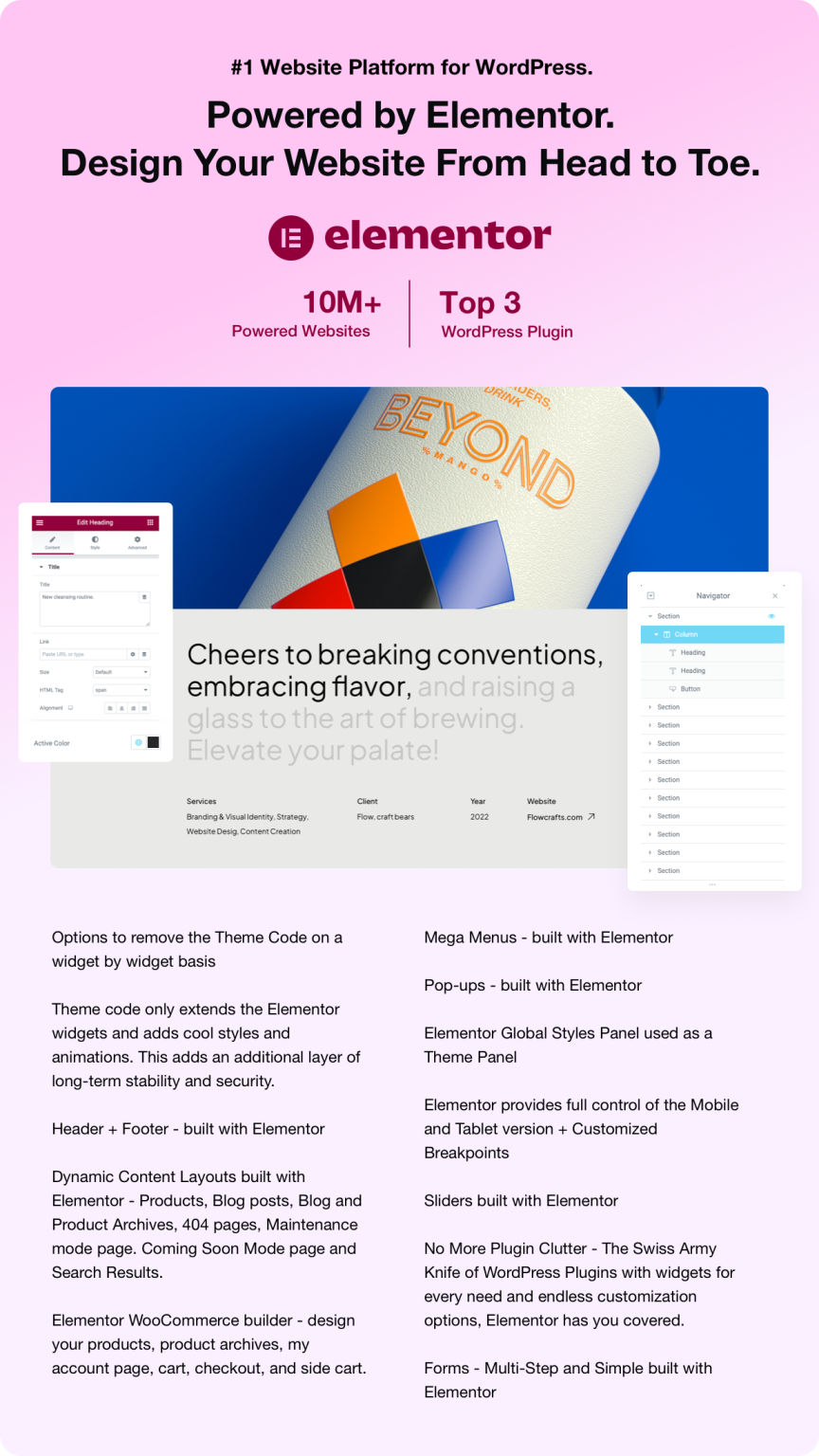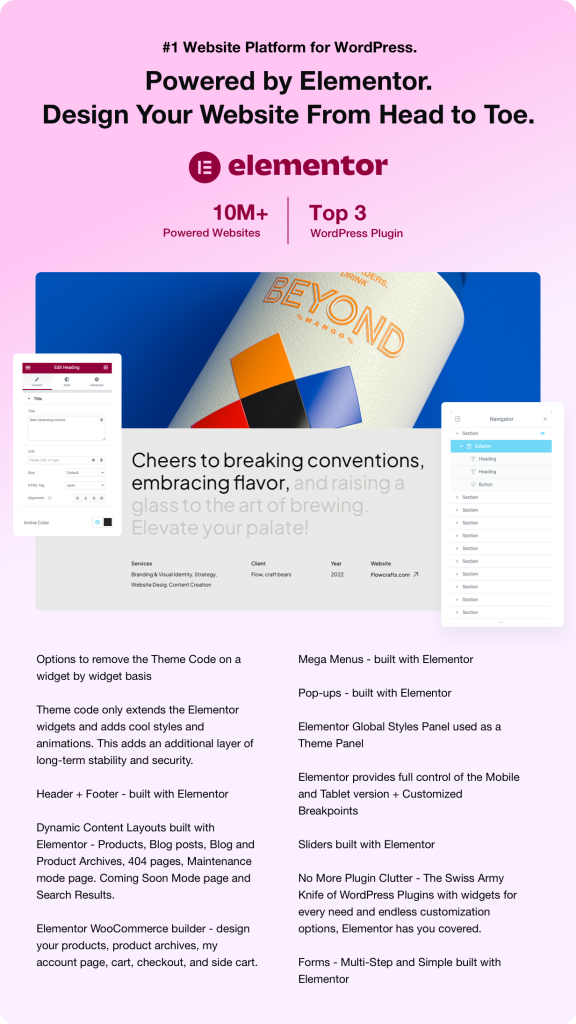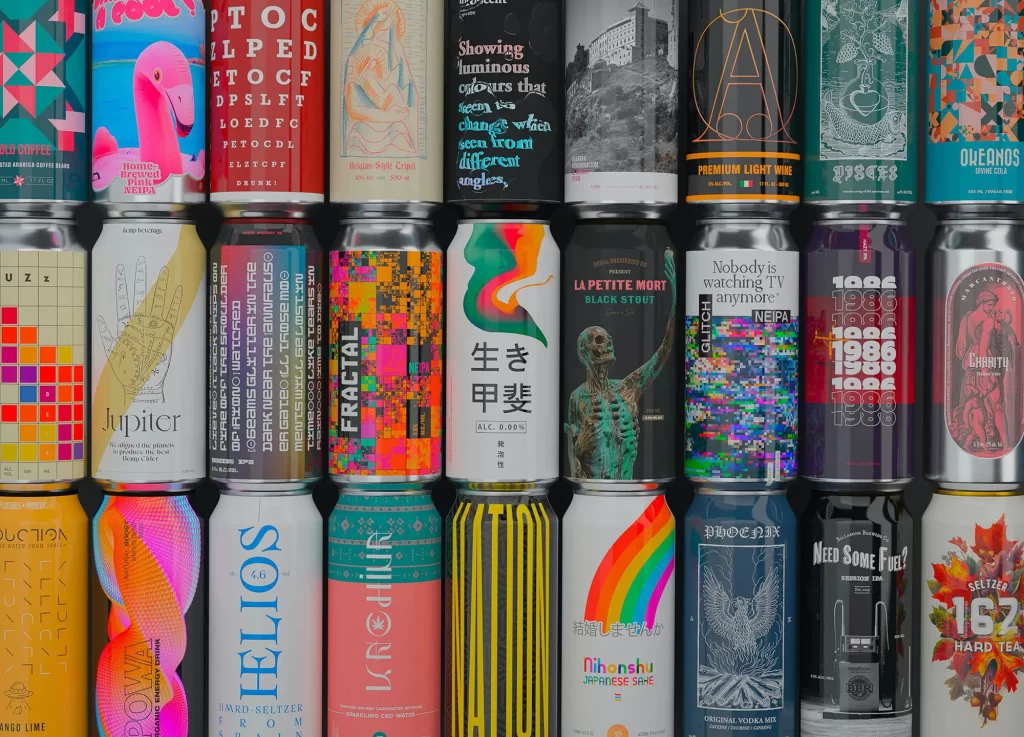In today’s rapidly evolving technological landscape, three powerful concepts are emerging as transformational forces across industries: Predictive Analytics, AI-driven Process Reengineering, and OpenAI Codex. As organizations grapple with ever-increasing amounts of data and the need to streamline operations, these tools not only facilitate innovation but also drive significant business outcomes. This article delves deeper into each of these topics, illustrating how they can intersect to create a competitive advantage.
.
## **Understanding Predictive Analytics: A Game Changer for Decision Making**
Predictive Analytics refers to the use of statistical algorithms and machine learning techniques to identify the likelihood of future outcomes based on historical data. Organizations are increasingly leveraging predictive analytics to make informed decisions in areas ranging from marketing to supply chain management.
For instance, in retail, predictive analytics can forecast demand, allowing companies to optimize inventory levels. According to a report by MarketsandMarkets, the global predictive analytics market size is expected to grow from USD 10.95 billion in 2020 to USD 40.14 billion by 2025, at a compound annual growth rate (CAGR) of 28.7%. This data underlines the increasing reliance on predictive capabilities.
.
What sets predictive analytics apart is its ability to use multiple data points to identify patterns and trends that are not immediately obvious. Algorithms can assess everything from consumer buying habits and macroeconomic factors to social media sentiment, enabling companies to tailor their strategies effectively. For example, an airline could leverage predictive analytics to assess the impact of weather conditions on flight demand, thereby optimizing ticket pricing and scheduling.
.
## **AI-driven Process Reengineering: Redefining Operational Efficiency**
AI-driven Process Reengineering is the integration of artificial intelligence into business processes to enhance performance. Unlike traditional process improvement methods, which often involve incremental changes, AI-driven process reengineering allows organizations to fundamentally rethink how work is done.
A classic example is found in the manufacturing sector. Organizations can utilize AI to automate complex tasks, analyze machine performance, and even predict equipment failures. According to a study by McKinsey, AI can increase operational efficiency by up to 40% in manufacturing settings. This innovation enables organizations to reduce costs, minimize waste, and improve product quality.
.
The technology behind AI-driven process reengineering often involves sophisticated machine learning algorithms and natural language processing. By analyzing huge volumes of operational data, AI can identify inefficiencies and recommend real-time changes. This approach not only enhances operational performance but also fosters a culture of continuous improvement within organizations.
.
## **OpenAI Codex: The Future of Programming and Automation**
OpenAI Codex is an AI system capable of understanding and generating code across multiple programming languages. Built upon the language model GPT-3, Codex can assist developers in various tasks, from writing code to debugging existing programs. It has the potential to drastically shorten development times and reduce the technical barriers faced by non-programmers.
One of the most compelling applications of OpenAI Codex lies in the realm of automating routine programming tasks. A developer can simply enter a description of the functionality needed, and Codex can generate the corresponding code. As reported by OpenAI, Codex has been fine-tuned on a diverse dataset that includes millions of lines of code, making it an invaluable resource for programmers.
.
For instance, startups in the software development sector can utilize Codex to create initial prototypes or to automate testing processes, freeing their engineers to focus on more complex issues. This capability is particularly advantageous in a world where rapid development and time-to-market can dictate success or failure.
.
## **Industry Applications: Where Innovation Meets Execution**
The convergence of Predictive Analytics, AI-driven Process Reengineering, and OpenAI Codex can be seen vividly across diverse sectors.
### 1. **Healthcare**
In healthcare, predictive analytics can identify patients at risk of developing chronic diseases, allowing for proactive care interventions. AI-driven process reengineering can streamline patient workflows, while OpenAI Codex can be harnessed to automate administrative tasks, such as managing patient records or scheduling appointments.
### 2. **Finance**
In the finance sector, predictive analytics can be used to assess credit risk and predict market trends. AI-driven process reengineering can optimize compliance processes, and Codex can automate complex financial modeling and reporting tasks.
### 3. **Retail**
Within retail, predictive analytics helps in personalized marketing campaigns by understanding consumer behavior. AI-driven process reengineering enables stock optimization and efficient supply chain management, while OpenAI Codex can simplify the coding processes involved in e-commerce platforms.
.
## **Technical Insights: The Synergy of Technologies**
Integrating these technologies requires a thoughtful approach to data governance, infrastructure, and user training. Predictive Analytics thrives on quality data; thus, organizations must establish robust data pipelines and cleaning processes. Similarly, AI-driven process reengineering will necessitate an analysis of existing workflows to identify where AI can add the most value.
When it comes to OpenAI Codex, IT leaders should focus on promoting collaboration between technical and non-technical teams to fully exploit its capabilities. Codex bridges the gap between skilled programmers and those with minimal coding experience, meaning organizations can foster a more inclusive development environment.
.
## **Challenges and Solutions: Addressing the Hurdles Ahead**
As with the adoption of any new technology, challenges will always exist. Data privacy concerns are paramount, particularly in sectors like healthcare and finance. Organizations must ensure that they comply with regulations such as GDPR or HIPAA when deploying predictive analytics and AI-driven solutions.
Moreover, the integration of these technologies requires a cultural shift within organizations. Traditional roles may evolve, and there may be resistance to changes that introduce automation. Addressing these concerns involves thorough training programs, as well as transparent communication about the benefits of adopting such technologies.
The solutions to these challenges lie in developing a clear strategy for implementation and investing in change management processes. Organizations should establish a cross-functional team to oversee the integration and monitor its effectiveness continuously, thus ensuring a smooth transition.
.
## **Future Trends: Looking Ahead**
As we look to the future, the journey of integrating predictive analytics, AI-driven process reengineering, and OpenAI Codex will only accelerate. Organizations that embrace these transformative technologies stand to gain significant competitive advantages.
### Key trends to watch include:
– **Democratization of AI**: More user-friendly interfaces will emerge that make AI accessible to non-tech-savvy individuals.
– **Edge Computing**: As the Internet of Things (IoT) grows, predictive analytics will be increasingly performed at the edge, allowing for real-time decision-making.
– **Responsible AI**: As AI becomes more ubiquitous, frameworks for ethical AI usage will evolve, focusing on transparency and accountability.
.
## **Conclusion: A Future Defined by Data-Driven Insights**
The integration of Predictive Analytics, AI-driven Process Reengineering, and OpenAI Codex represents a paradigm shift in how organizations operate, innovate, and compete. As these technologies continue to mature, they will unlock new operational efficiencies and enable better decision-making, ultimately driving business growth.
Organizations must navigate the challenges posed by adopting these technologies while recognizing the immense opportunities they present. By embracing data-driven insights and automating processes through AI, businesses can not only enhance their productivity but also ensure they remain competitive in an increasingly complex market.
.
**References:**
– MarketsandMarkets. “Predictive Analytics Market by Technology, Deployment Mode, Organization Size, Industry, and Region – Global Forecast to 2025.”
– McKinsey & Company. “Artificial Intelligence in Manufacturing: The New Frontier.”
– OpenAI. “Discovering Codex.”






















